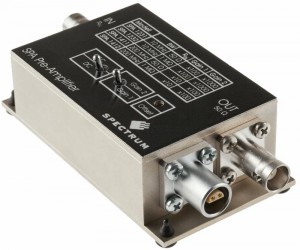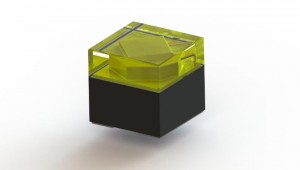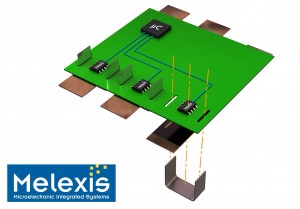UK-based RF connector manufacturer Intelliconnect has decided to supply its own brand of semi-flexible RF cables as alternatives to Multiflex, T-Flex and Flexiform cables used in defence, security and test system applications.
According to the supplier, any small reductions in performance of semi-flexible cables compared with semi-rigid cables “are more than compensated for by competitive pricing and compatibility with standard semi-rigid cable connectors”.
The manufacturer’s Spiral Strip shielded coaxial cables are flexible alternatives to semi-rigid coax, which use of strip/round braid composite shields to lower transfer impedance levels.
The 50 ohm construction exhibits the same attenuation characteristics as M17/130-RG402 and M17/133-RG405 cables, said Intelliconnect.
The supplier’s I402 and I405 cable types have been designed with diameters over the outer braids of 0.141-inch and 0.086-inch and have an operating temperature range of -55 to +200°C
Roy Phillips, managing director of Intelliconnect, writes:
“Having our own brand of semi-flexible cables continues our aim of providing high-quality, competitively priced RF and waterproof connectors, cables and cable assemblies with assured sources of supply.”
Chelmsford-based Intelliconnect also manufactures a range of coaxial adaptors to facilitate inter-series connection and gender change. Typical applications include MIL and aerospace, marine, oil and gas, medical and general microwave markets.








